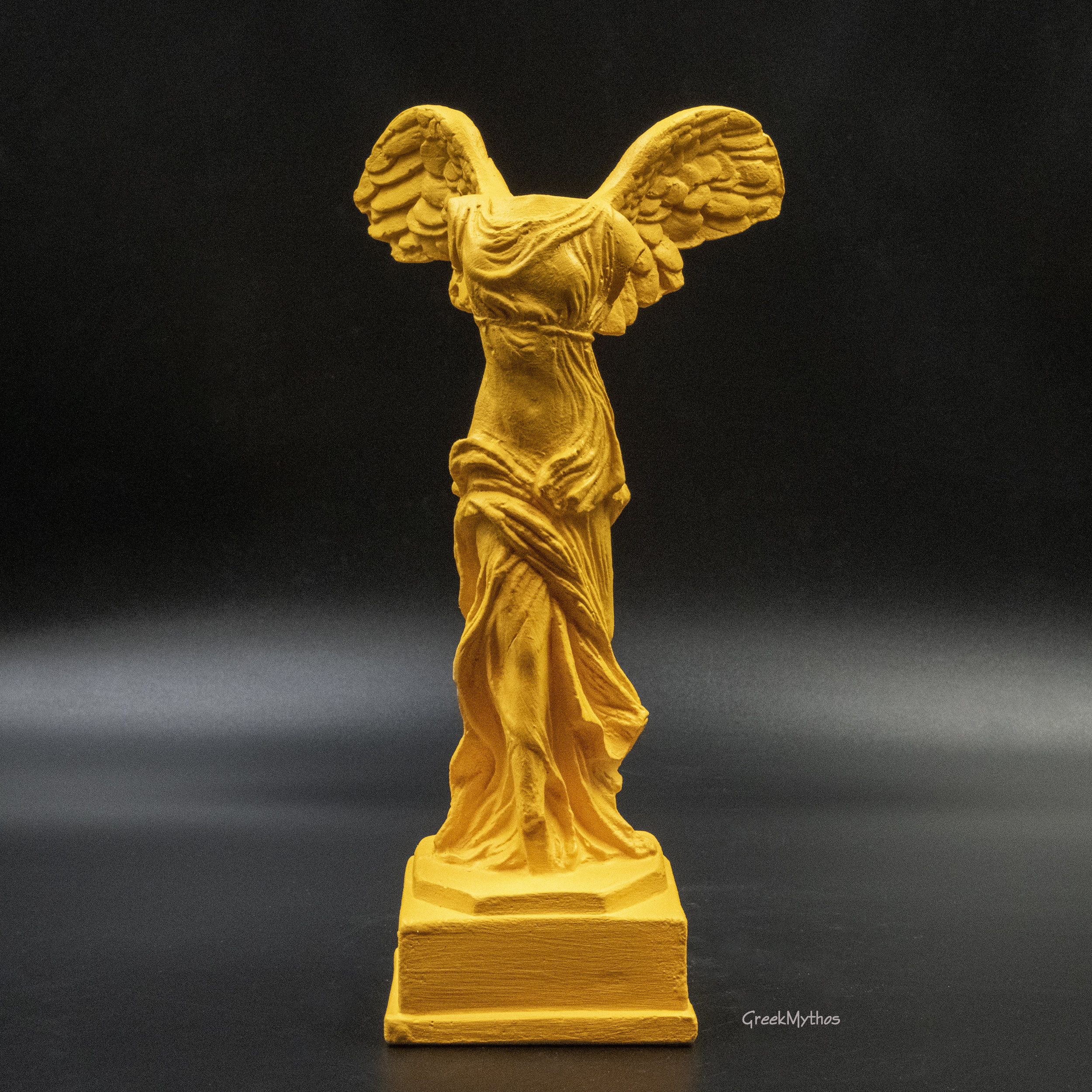
Nike of Samothrace Statue Sculpture, Greek Goddess Victory Museum
Nike (Winged Victory) of Samothrace. Standing at the top of a staircase in the Musée du Louvre in Paris, the Nike of Samothrace looks down over her admiring crowds. One of the most revered artworks of Greek art, the Nike has been on display in the Louvre since 1866. The statue was brought to France by Charles Champoiseau, who found it in.
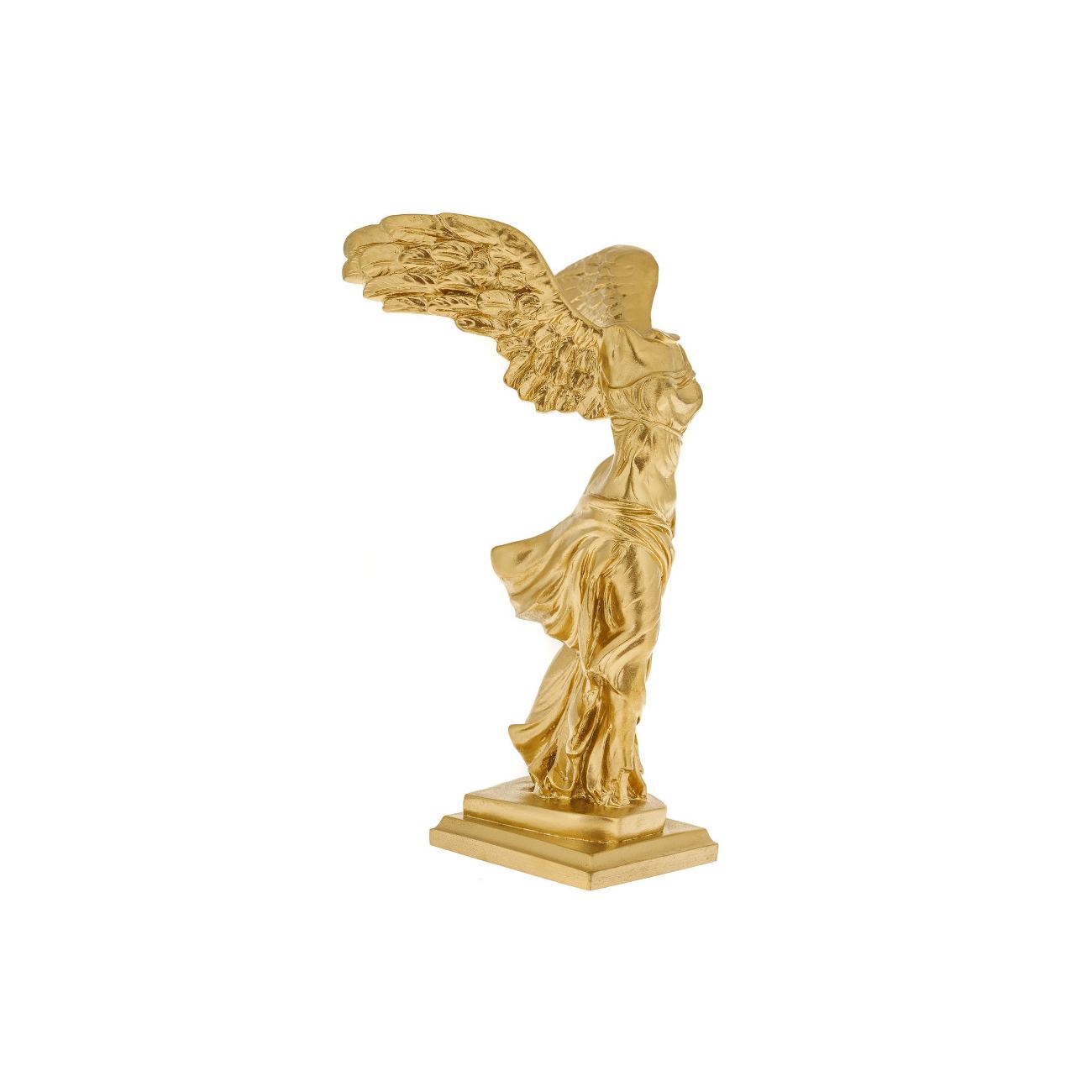
Nike Winged Goddess of Samothrace or Victory Goddess, Ancient Greek
The 18-foot sculpture depicts Nike, the Greek goddess of victory. As wet and wind-blown drapery clings to her body, the winged figure triumphantly steps toward the front of a ship, leading historians to conclude that it was created to commemorate a successful sea battle. The Winged Victory of Samothrace (Photo: muratart via Shutterstock)

Winged Nike Victory of Samothrace Goddess Cast Marble Greek Etsy
Nike, the winged goddess who heralds victory, is seen just as she is about to alight on a ship. A monumental staircase The Daru staircase is the perfect setting for this extraordinary display. It is one of six grand staircases built during the Second Empire in the 19th century by the architect Hector Lefuel.

Nike Goddess of Victory Statue Central Park, New York, NY, USA
Nike has been the symbol used since 1945 by America's Anti Aircraft Missile System. Statues of her often include a lyre or kithara used to celebrate a victory with song and dance. In keeping with Zeus's promise to make Nike to live forever as the Goddess of speed, strength and victory, people of all ages have the opportunity to wear Nike shoes.

Nike Winged Goddess Of Victory Statue
Nike, in ancient Greek religion, the goddess of victory, daughter of the giant Pallas and of the infernal River Styx. Nike probably did not originally have a separate cult at Athens. Nike Nike, sculpture from a bronze vessel, probably made in a Greek city of southern Italy, c. 490 bce; in the British Museum, London. (more)

NIKE THE GODDESS OF VICTORY HOLDING THE OLIVE WREATH, PRAGE
Nike (Winged Victory) of Samothrace, Lartos marble (ship) and Parian marble (figure), c. 190 B.C.E. 3.28m high, Hellenistic Period (Musée du Louvre, Paris). The sculpture was unearthed in 1863 after its discovery under the direction of Charles Champoiseau , the French Vice-Consul to Turkey.
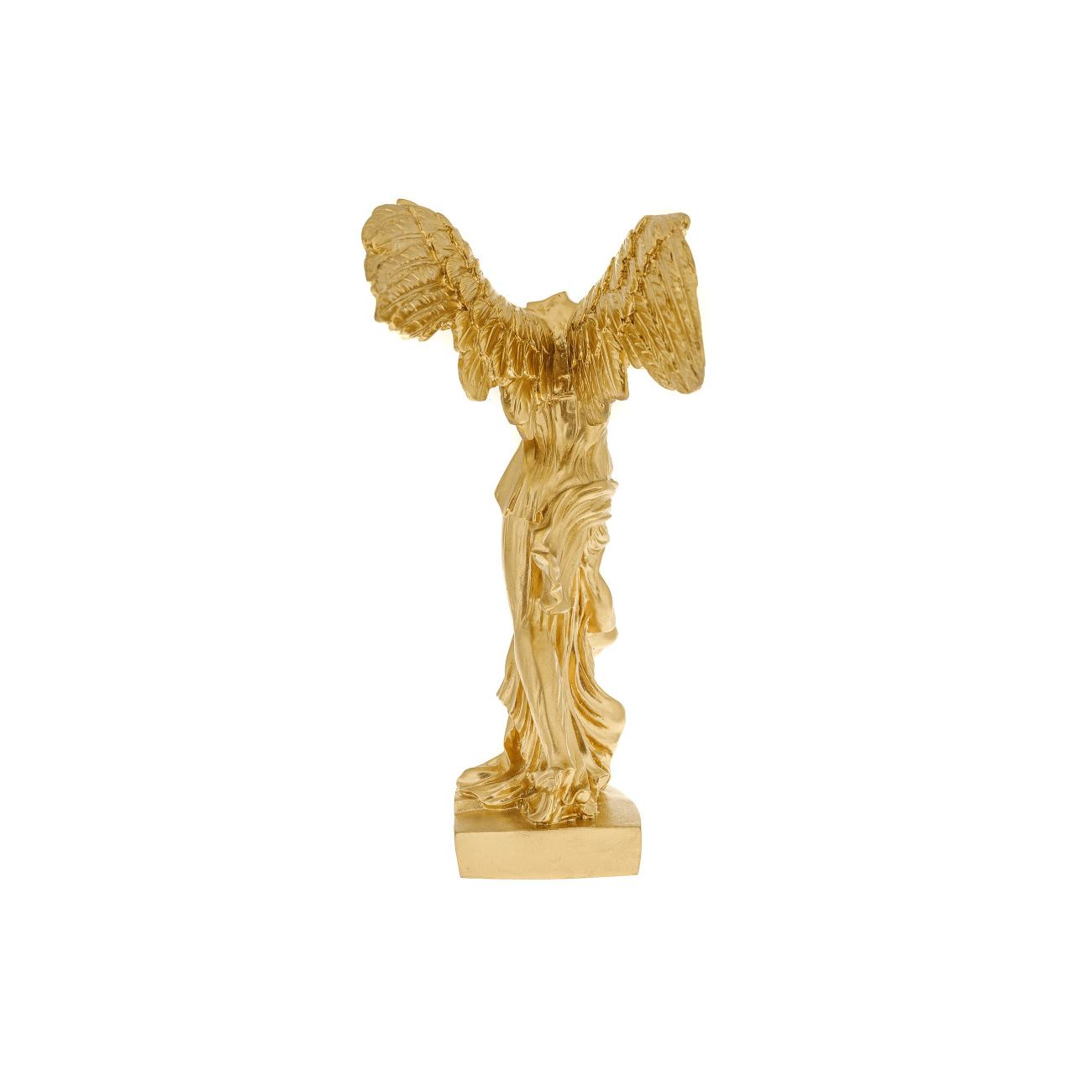
Nike Winged Goddess of Samothrace or Victory Goddess, Ancient Greek
The statue of the goddess of victory was excavated in 1863 CE on the Greek island of Samothrace by the French vice- consul and amateur archaeologist Charles Champoiseau. This island was home of the ancient sanctuary dedicated to the Great Gods ( Megaloi Theoi in Greek).

Nike Victory of Samothrace Greek Goddess Statue Sculpture Figure Bronze
Nike was the ancient Greek goddess of victory--victory both in war and in peaceful competition. When Zeus was gathering allies at the start of the Titan War, Styx brought her four children Nike, Zelos, Cratus and Bia into the service of the god. Nike was appointed his charioteer, and together the four became sentinels of Zeus' throne. Nike was depicted as a winged goddess sometimes holding a.
:max_bytes(150000):strip_icc()/Athena_1500-56a6e0963df78cf77290a7d2.jpg)
The Story of Nike, the Greek Goddess of Victory
Introducing Nike: Greek Goddess of Victory In Ancient Greek mythology, Nike was the Goddess who personified Victory. Personifications weren't rare in Greek religion. For example, Arete was the Goddess of excellence and virtue, and Aeltheia was the spirit of truth.
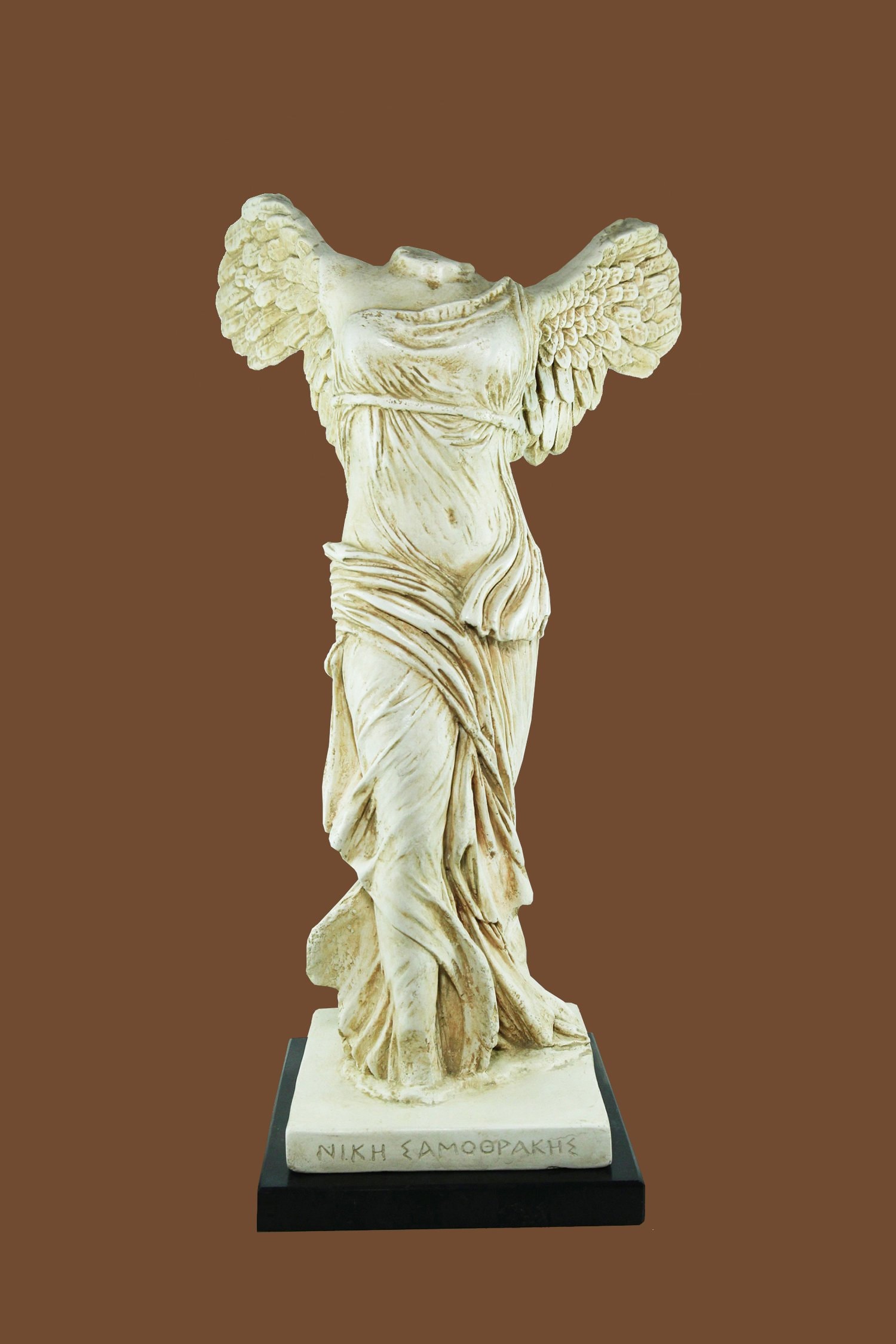
Nike Of Samothrace Greek Goddess Statue Of Winged Victory
The Nike of Samothrace statue is one of the most famous Hellenistic Greek statues that greet the visitors of the Louvre Museum in Paris. Measuring just over five meters tall in total and weighing around 29 tons, the elegant Winged Victory of Samothrace is located at the Musée du Louvre and has been part of its collection since 1863. The famous.
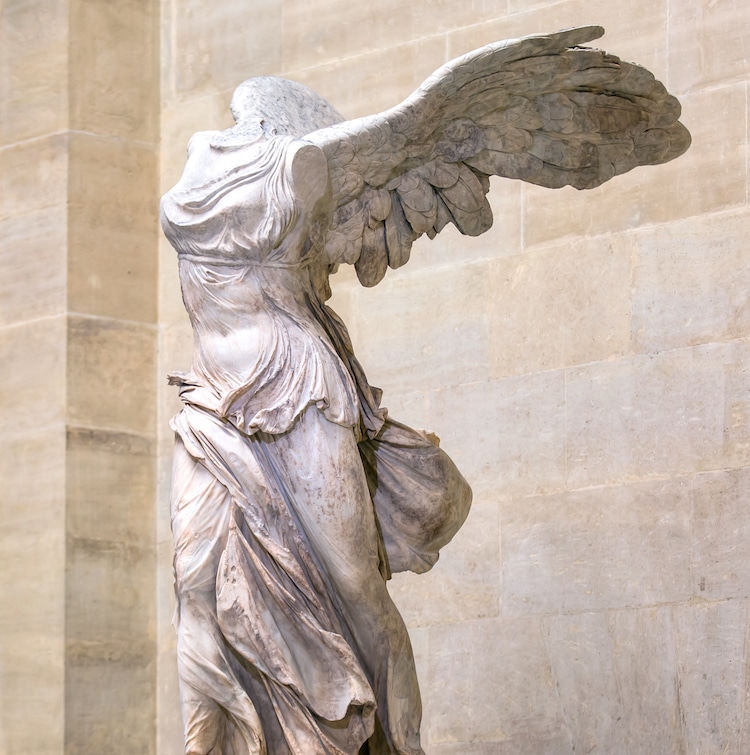
Winged Victory of Samothrace Exploring the History of the Nike Statue
Depictions of Nike, the Greek Goddess of Victory. Thanks to her association with victory, Nike is one of the most widely depicted Greek goddesses. Images of her can be found on a wide range of coins, and vases. Statues of her were common, as it was usual to construct a statue of Nike to commemorate victories in battle.
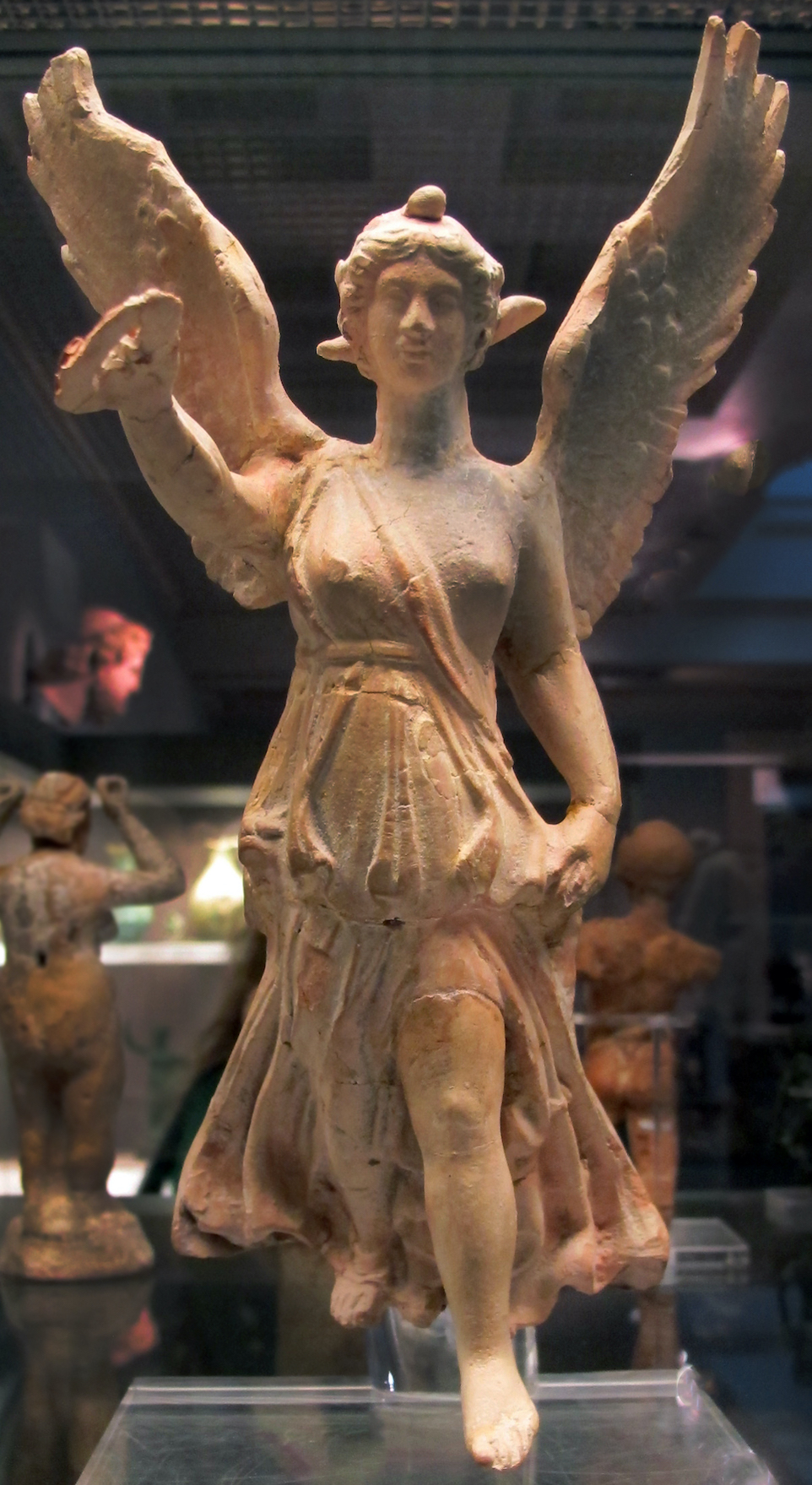
Nike Statue Figurine.Nike Goddess of Victory.Greek Gods Statue.Greek
Find the deal you deserve on eBay. Discover discounts from sellers across the globe. Try the eBay way-getting what you want doesn't have to be a splurge. Browse Goddess statues!

Nike Victory of Samothrace Greek Goddess Statue Sculpture Figure Bronze
The Nike of Samothrace statue is named after the island on which it was found, situated to the north of the Aegean Sea.Now housed at the Louvre Museum, it is not known who made the Winged Victory of Samothrace, but it is believed to have been ordered to be built by Demetrius Poliocretes sometime between 295 and 290 BC.It is a Hellenistic-era Greek sculptural masterwork and depicts the goddess.
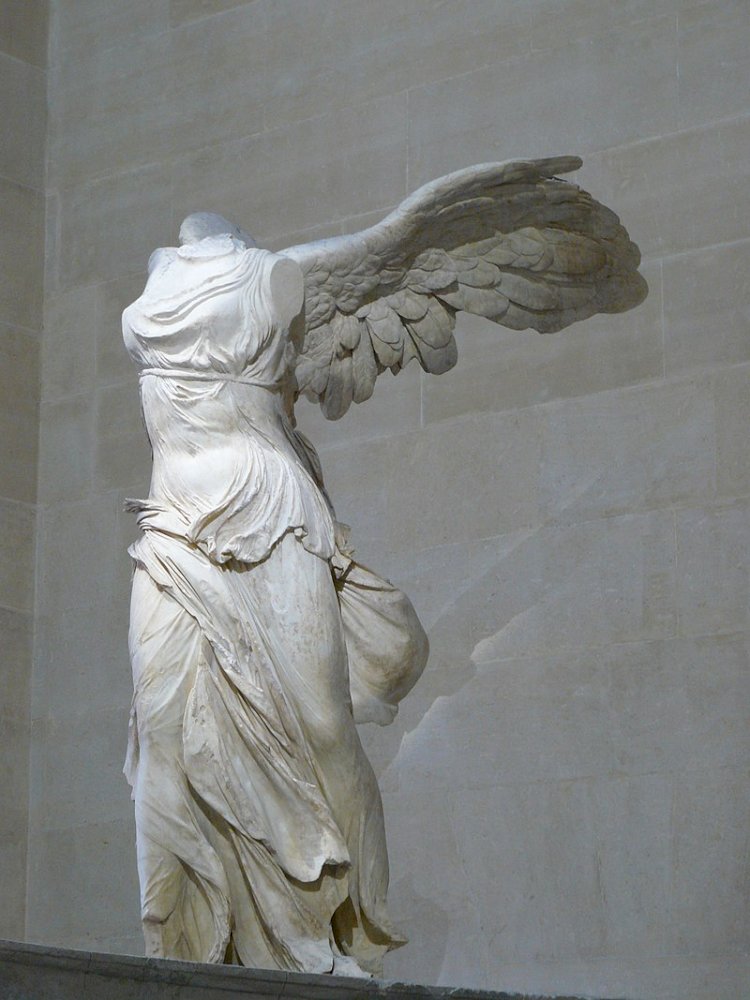
NIKE The Goddess of Victory Ancient Greece Reloaded Blog and Magazine
Come and check all categories at a surprisingly low price, you'd never want to miss it. Awesome prices & high quality here on Temu. New users enjoy free shipping & free return.

Winged Nike Victory of Samothrace Greek Roman Goddess Statue Sculpture
The Story of Nike, the Greek Goddess of Victory Statue of Nike, Greek goddess of victory, held by Athena, goddess of war. Krzysztof Dydynski/Getty Images By deTraci Regula Updated on June 26, 2019 If you're attracted to the Greek goddess Nike, you're onto a winner: Nike is the goddess of victory.

Pin on Ink
Three-dimensional representations of Nike, the winged goddess who brought victory in both battle and athletic contests, usually attempt to evoke flight or the moment of alighting.. Sculpture; Statues; Terracotta; From Europe; From Greece; From 1000 B.C.-A.D. 1; Terracotta statuette of a woman looking into a box mirror. 3rd-2nd century BCE.